Knee Pain Relief: Causes, Treatment & Tips
 Robin
|
Robin
|
 13 Aug 2025
13 Aug 2025
What causes knee pain and why it’s so common
Knee pain happens to pretty much everyone at some point. Doesn’t matter if you’re young, old, active, or sit at a desk all day. It’s one of those joints that takes a beating from everyday stuff like walking, lifting, stairs, even just standing for too long.
You can hurt your knee from a fall or a bad step, sure. But pain also creeps in over time from overuse, bad posture, or simply getting older. Things like arthritis, worn cartilage, or weak leg muscles can all throw the joint out of balance.
And sometimes it’s not one big injury, but years of little things adding up.
Types of knee pain and what they might mean
Not all knee pain feels the same. Where it hurts—and how—tells you a lot.
Pain behind knee or pain in the back of the knee might be a pulled hamstring, fluid buildup, or even a Baker’s cyst.
If you’ve got inner knee pain or pain on inner side of knee, it could be the medial meniscus or stretched ligaments inside the joint.
Pain on outside of knee often comes from IT band syndrome, which shows up a lot in runners or folks doing repetitive motion.
Sharp pain when moving? Could be something torn. Dull pain that’s just always there? Might be from wear and tear or inflammation.
Knee pain when squatting is super common. Could be cartilage damage or just weak supporting muscles that let the joint twist the wrong way.
Common knee injuries that lead to pain
There’s the big ones, like an ACL or MCL tear. That usually comes from sports or a bad fall. Swelling kicks in fast and walking gets tough.
Then you’ve got meniscus tears, where the cartilage gets ripped. That one causes locking, swelling, and clicking inside the knee.
Tendonitis is another—more like slow-burn pain that builds up. Usually from jumping, lifting, or going up and down stairs a lot. Hurts at the front, just under the kneecap.
And don’t forget basic sprains and strains. They might not sound serious, but if they don’t heal right, they’ll keep coming back.
Knee pain from arthritis and joint damage
This one’s big. If your knees ache first thing in the morning, or feel stiff after sitting a while, arthritis might be behind it.
Osteoarthritis happens when the cartilage wears down. The bones rub against each other, and that causes pain, swelling, and stiffness.
Rheumatoid arthritis is a whole different beast—an immune issue where your body attacks the joints. It’s painful and causes a lot of swelling.
Both types can make the knee feel stiff, weak, or unstable. And the pain often comes in waves—good days, then rough ones.
Everyday habits that make it worse
Little things mess with your knees more than you think.
Sitting too much weakens the muscles that support your knees.
Wearing flat or worn-out shoes messes with alignment.
Skipping warm-ups before workouts makes joints stiff and more likely to get hurt.
No stretching after exercise? That tightness can pull on the joint and cause pain.
Also, bad posture—even just standing wrong—can slowly shift pressure into your knees, especially if your hips or feet aren’t lined up right.
When to see a doctor for knee pain
If you’ve rested and iced it, and it still hurts after a week or two—it’s worth checking out.
Go see someone if:
– The knee swells up suddenly
– You hear popping or clicking when you move
– The joint feels unstable, like it might give out
– Pain in the back of the knee that gets worse or doesn’t go away
– You can’t straighten or bend it fully
Waiting too long can turn a small problem into a long-term issue.
At-home fixes for mild knee pain
First step—rest it. Don’t push through the pain. Let the inflammation settle.
Then try the basics:
– Ice the knee for 15–20 mins at a time
– Use a compression wrap
– Elevate your leg above heart level to reduce swelling
– Light movement—don’t just stay still, keep it gently active
– Use OTC pain meds if needed
Sometimes just doing less for a few days makes a big difference.
Stretches and exercises that actually help
Strong muscles mean better knee support. You don’t need fancy gear—just a few moves to get the job done.
Try these stretches for knee pain:
– Hamstring stretch: lying down, use a towel to pull your leg up
– Calf stretch against the wall
– Quad stretch—pull your heel to your butt gently
For strength:
– Straight leg raises
– Wall sits
– Side-lying leg lifts
These build up the muscles around the joint so it doesn’t have to work as hard.
Medical treatments and injections for chronic pain
If home care and therapy don’t cut it, doctors might suggest the next step.
Cortisone shots bring quick relief but are short-term.
Hyaluronic acid injections can help lubricate the joint, especially with arthritis.
Arthroscopy is a minimally invasive surgery to fix tears or remove loose cartilage.
In severe cases, full knee replacement might be the only option left.
Sanford Pharmacy helps folks through recovery—pain meds, braces, support, and whatever’s needed for healing.
How to prevent knee pain long-term
Take care of your knees before they start yelling.
– Keep your weight healthy—it takes pressure off the joint
– Use proper form during exercise or lifting
– Warm up before workouts
– Mix up your activities so you’re not doing the same motion all the time
– Wear good shoes with support
– Stretch daily, even on rest days
And if your knees hurt, don’t ignore it. Rest early, fix it faster.
Sanford Pharmacy supports people dealing with knee pain, from sudden injuries to long-term arthritis. Whether you need braces, meds, or just real advice that works—you’ll find it here. Don’t wait till you can’t walk straight. Take care of your knees while you still can.
Categories

What Is Sucralfate Used For?
 Abdullah
Abdullah

Foods to Avoid When Taking Sulfamethoxazole / Trimethoprim
 Ibrahim
Ibrahim

What Is Rifaximin Used For?
 Aden
Aden

What is Minocycline?
 Tina
Tina
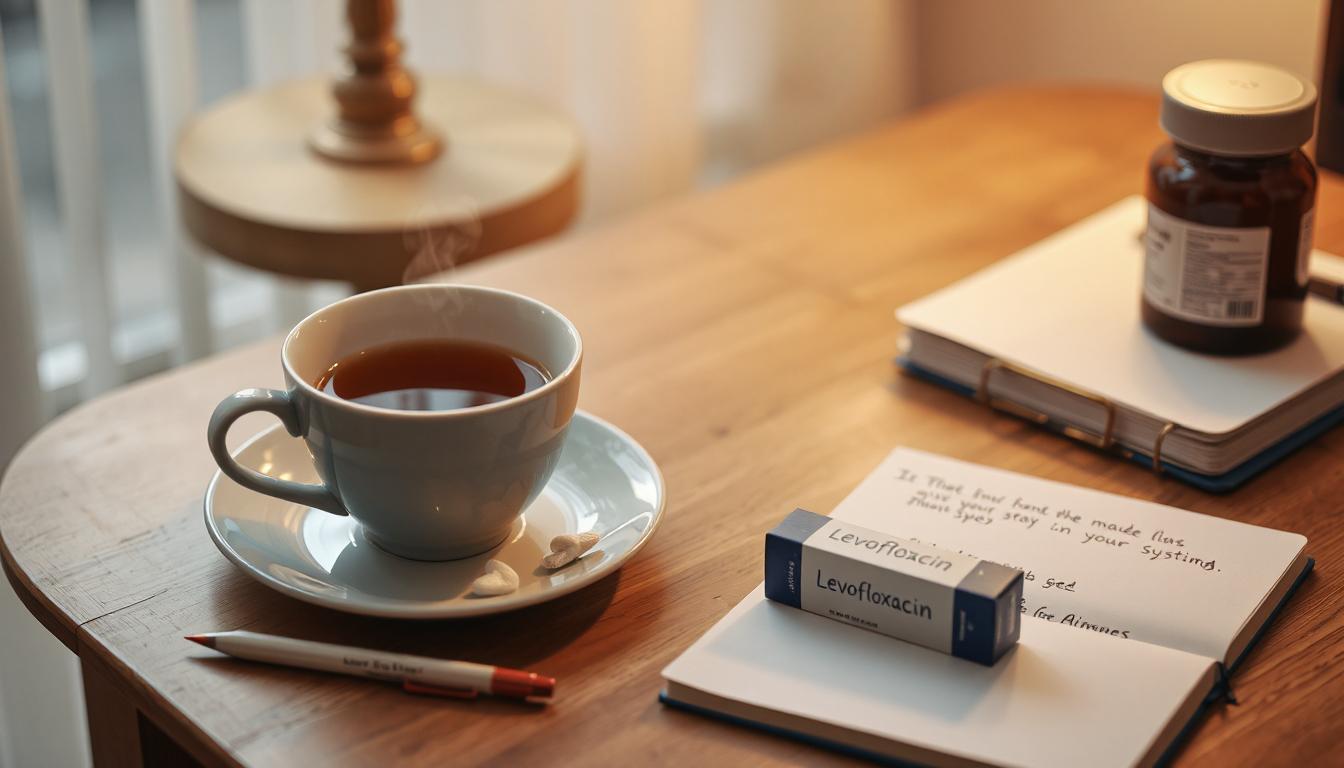
How Long Does Levofloxacin Stay in Your System
 Annette
Annette

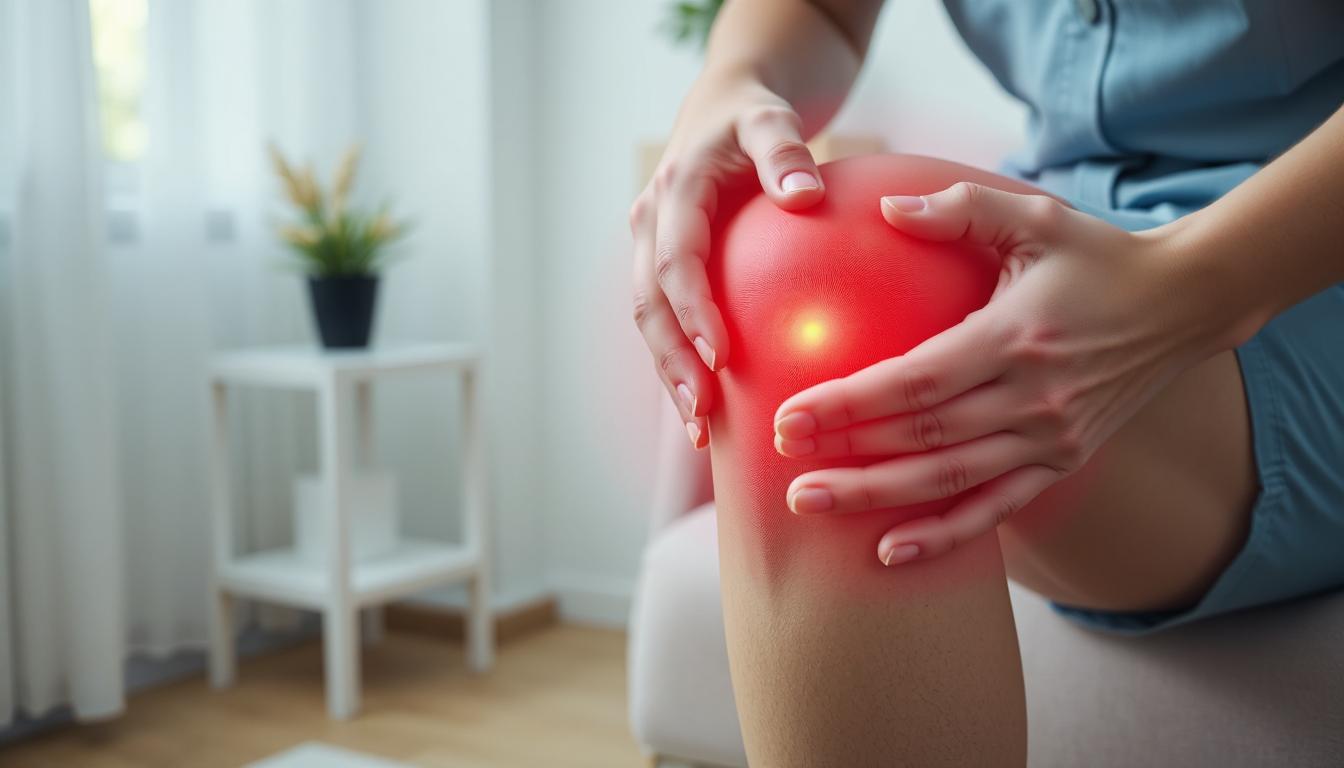
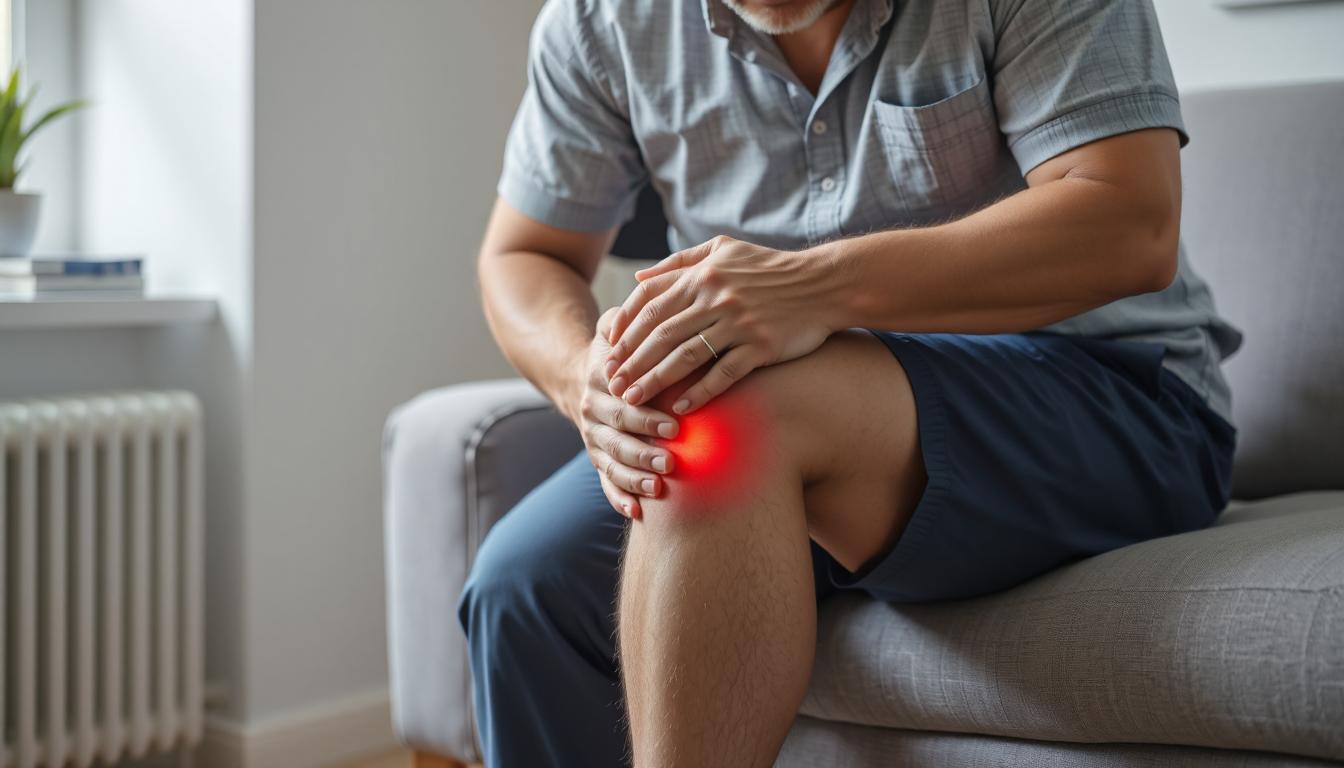
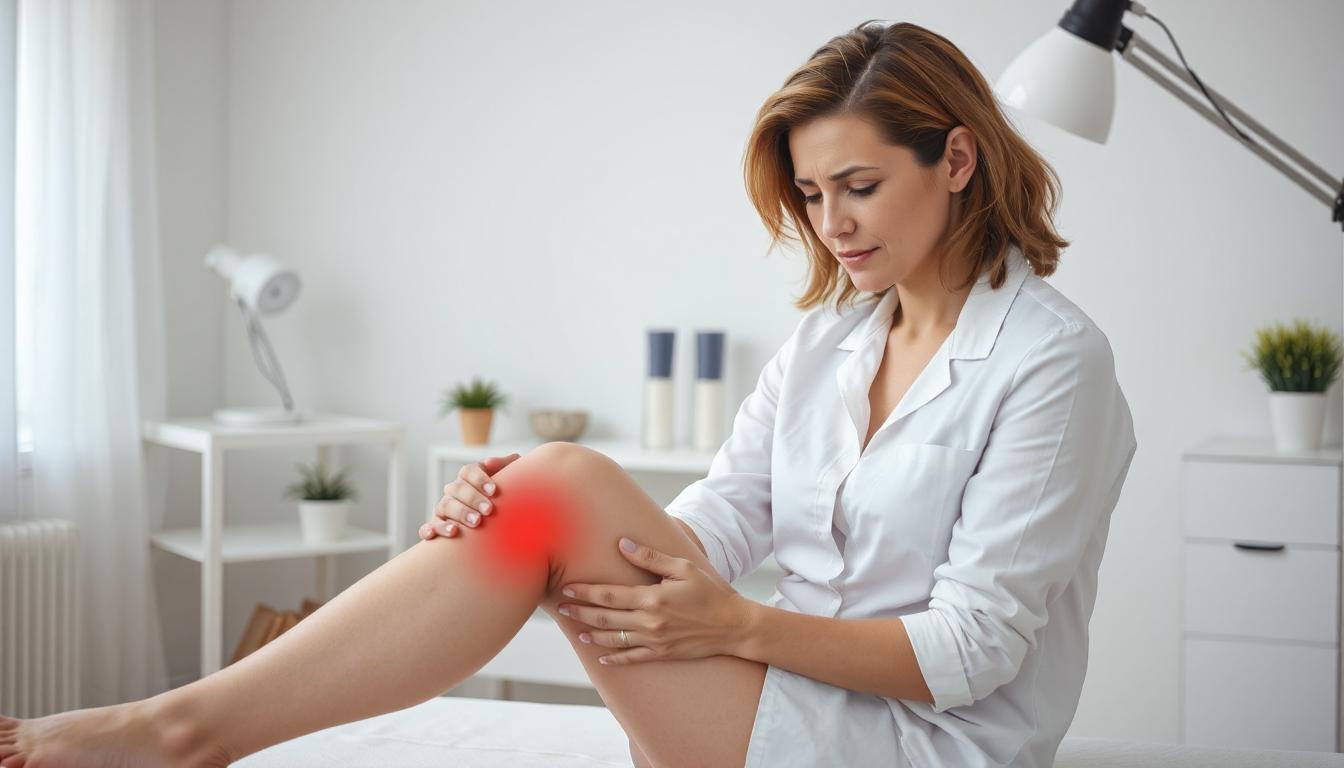







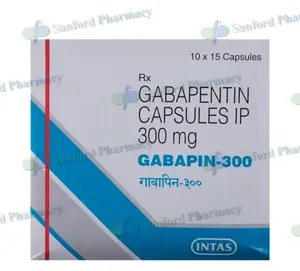
.webp)
.webp)
-(2).webp)
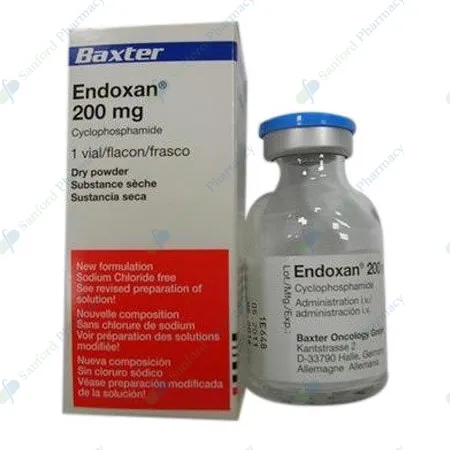
.webp)